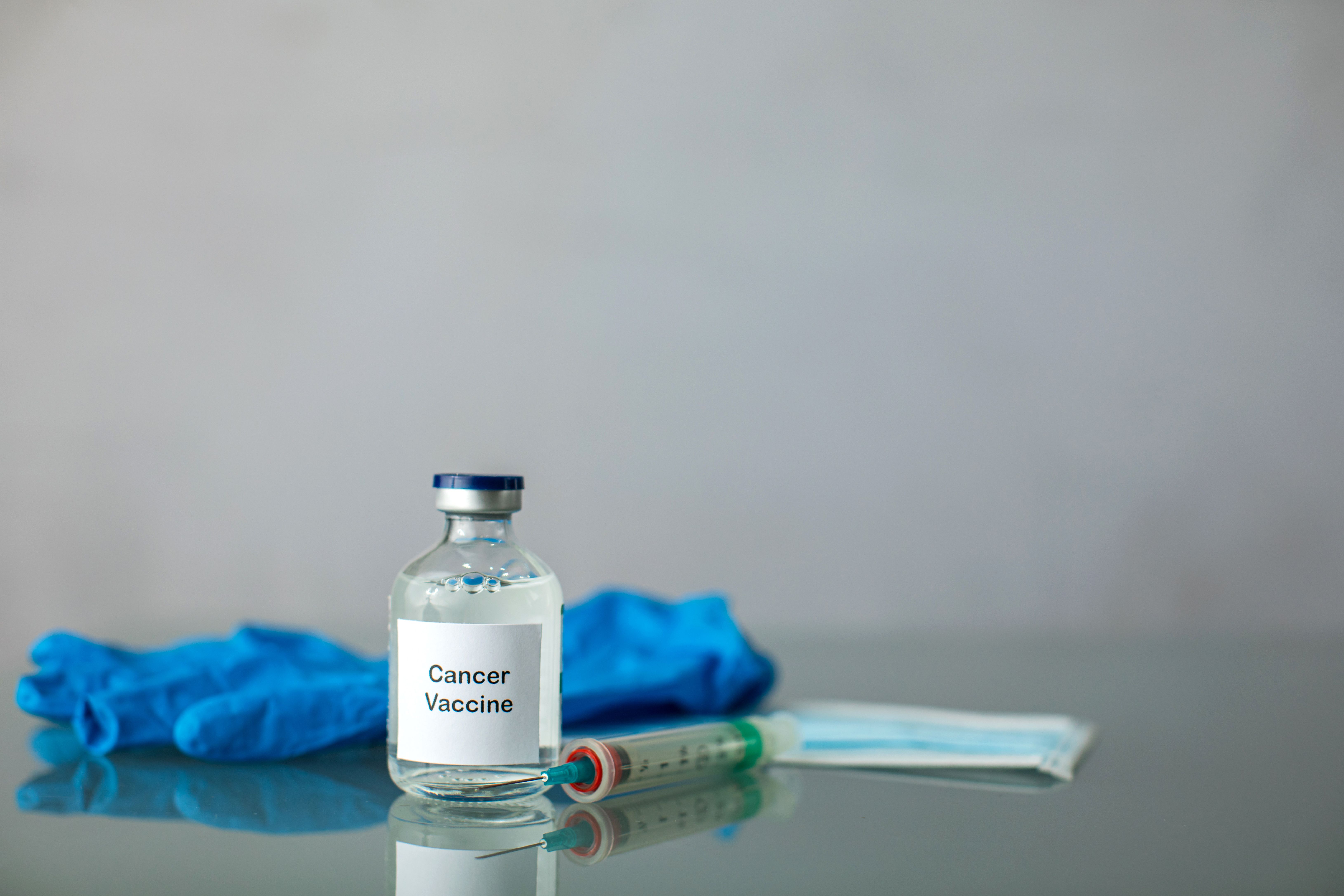Article
New Data With Immunotherapy Will Change Practice in Lung Cancer Care
Author(s):
Single-agent Keytruda improved survival rates for a group of patients with lung cancer, according to the results of a recent study presented at the 2016 European Society for Medical Oncology (ESMO) Congress.
When used as a single agent, Keytruda (pembrolizumab) reduced the risk of death by 40 percent and improved progression-free survival (PFS) by 4.3 months compared with doublet chemotherapy for untreated patients with advanced non—small cell lung cancer (NSCLC) with PD-L1 expression on 50 percent or more of cells, according to findings from the phase 3 KEYNOTE-024 trial presented at the 2016 European Society for Medical Oncology (ESMO) Congress and published in the New England Journal of Medicine (NEJM)
The estimated six-month overall survival (OS) rate was 80.2 percent with Keytruda versus 72.4 percent with chemotherapy. The median PFS was 10.3 months with Keytruda versus six months with chemotherapy. Fewer treatment-related adverse events (AEs) were seen with the PD-1 inhibitor versus chemotherapy (73.4 percent vs 90 percent)
“This data will completely change the management of patients with advanced NSCLC,” lead author Professor Martin Reck, M.D., Ph.D., chief oncology physician, Department of Thoracic Oncology, Lung Clinic Grosshansdorf, Germany, said in a statement. “All endpoints of efficacy and tolerability favored treatment with pembrolizumab, suggesting it should become one standard of care for first-line treatment of patients with advanced NSCLC and high PD-L1 expression."
The study screened 1,934 patients with NSCLC for eligibility, of which 1,653 yielded appropriate tissue for testing. Overall, 30.2 percent of samples expressed PD-L1 on 50 percent or more of cells by immunohistochemistry. Patients with EGFR- or ALK-positive tumors were excluded. "The new treatment algorithm should include upfront testing for PD-L1 expression to identify patients who will benefit from first line treatment with pembrolizumab,” said Reck. “This is a landmark trial for the 30 percent of patients with advanced NSCLC who are high expressers of PD-L1."
Of those who met the PD-L1 expression requirements, 305 were randomized to receive Keytruda (154 patients) or chemotherapy (151 patients), which most commonly included carboplatin plus pemetrexed (67 patients). In the chemotherapy arm, 46 patients went on to receive maintenance therapy with pemetrexed and an additional 66 patients (43.7 percent) crossed over to the Keytruda arm following progression.
“The significant improvement in overall survival with pembrolizumab was remarkable, given that more than 40 percent of patients crossed over from the control arm to pembrolizumab after progression of the disease,” remarked Reck.
Patient characteristics were well balanced between arms, except for smoking status and the incidence of brain metastases. Overall, there were more patients in the chemotherapy arm who had never smoked (12.6 percent) versus the Keytruda arm (3.2 percent). Additionally, more patients in the Keytruda arm had brain metastases (11.7 percent) compared with the chemotherapy group (6.6 percent). However, these differences were not deemed statistically significant.
The median age of patients in the Keytruda arm was 64.5 years and the majority were males (59.7 percent). Twenty-two percent were current smokers and 64.3 percent had an ECOG performance status of one. The most common histology was nonsquamous (81.2 percent).
Keytruda was administered at a fixed 200 mg IV infusion every three weeks. In the chemotherapy arm, patients could receive paclitaxel plus carboplatin, pemetrexed plus carboplatin, pemetrexed plus cisplatin, gemcitabine plus carboplatin, or gemcitabine plus cisplatin. Maintenance pemetrexed was allowed for patients with nonsquamous NSCLC.
The six-month PFS rate was 62.1 percent in the Keytruda arm versus 50.3 percent with chemotherapy. This benefit remained consistent across subgroups. At the time of the analysis, median OS had not yet been reached. The objective response rate with Keytruda was 44.8 percent compared with 27.8 percent with chemotherapy. The duration of response was not reached in the immunotherapy arm versus 6.3 months with chemotherapy.
In those with squamous histology (56 patients), there was a 65 percent reduction in the risk of progression or death with Keytruda versus chemotherapy. In the nonsquamous group (249 patients), the risk of disease progression or death was reduced by 45 percent with the immunotherapy.
The Keytruda benefit was less pronounced when compared with platinum-based chemotherapy regimens that contained pemetrexed. When pemetrexed was omitted, there was a 71 percent reduction in the risk of progression or death with Keytruda.
“KEYNOTE-024 is the first phase 3 trial of pembrolizumab as first-line treatment in patients with high PD-L1 expression, who represent 27 percent to 30 percent of those with advanced NSCLC,” said Reck. "This is primarily an opportunity for patients without oncogenic alterations. More information is needed for those with alterations.”
Grade 3 to 5 AEs were significantly less common with Keytruda (26.6 percent) compared with chemotherapy (53.3 percent). Serious AEs were similar between the two arms for Keytruda and chemotherapy, respectively (21.4 percent vs 20.7 percent). AEs led to treatment discontinuation for 7.1 percent of patients in the Keytruda arm versus 10.7 percent of those receiving chemotherapy.
The most common treatment-related AEs of any severity for Keytruda were diarrhea (14.3 percent), fatigue (10.4 percent) and pyrexia (10.4 percent). With chemotherapy, the most common AEs of any-grade were anemia (44 percent), nausea (43.3 percent) and fatigue (28.7 percent). Immune-mediated AEs occurred in 29.2 percent of those treated with Keytruda versus 4.7 percent of those in the chemotherapy arm.
“This study may change current practice for the treatment of patients with advanced NSCLC," Johan Vansteenkiste, M.D., Ph.D., chief oncology physician, Unit of Respiratory Oncology, University Hospital KU Leuven, Belgium, commented in a statement from ESMO. "It is the first time a therapy has improved progression-free survival over the current standard first-line treatment with platinum-based doublet chemotherapy.”
In September 2016, the FDA granted a priority review to a supplemental biologics license application for Keytruda as a first-line treatment for patients with PD-L1—positive NSCLC, based on the KEYNOYE-024 data. The agency is scheduled to make a final decision on the application by Dec. 24, 2016.
In lung cancer, the FDA granted an accelerated approval to the PD-1 inhibitor in October 2015 as a treatment for patients with pretreated advanced PD-L1-positive NSCLC across all histologies. The PD-1 inhibitor was approved along with a companion diagnostic, the PD-L1 IHC 22C3 pharmDx test, and is indicated for patients who progress on or after platinum-containing chemotherapy or EGFR-or ALK-targeted agents in patients harboring those mutations.


